Cybersecurity Best Practices: Safeguarding Your Digital World
In the dynamic landscape of cybersecurity, adopting a strategic approach is paramount. MECE, which stands for Mutually Exclusive, Collectively Exhaustive, serves as a foundational framework for organizing and implementing effective cybersecurity measures.
- Introduction
- The MECE Approach to Cybersecurity
- Endpoint Security
- Network Security
- Email Security
- Password Management
- Software Updates
- Human Element in Cybersecurity
- Employee Training
- Social Engineering Awareness
- Cybersecurity for Businesses
- Secure Website Practices
- Data Backup and Recovery
- Incident Response Planning
- Emerging Technologies and Threats
- Artificial Intelligence in Cybersecurity
- IoT Security
- Regulatory Compliance
- GDPR and Data Protection
- Assessing Cybersecurity Measures
- Security Audits and Assessments
- Cybersecurity in Remote Work
- Remote Work Security Best Practices
- Frequently Asked Questions (FAQs)
Introduction
In an era dominated by digital interactions, ensuring robust cybersecurity has never been more crucial. Cyber threats continue to evolve, making it imperative for individuals and businesses alike to adopt effective security practices. This guide will delve into the realm of Cybersecurity Best Practices, providing a detailed roadmap to fortify your digital defenses.
The MECE Approach to Cybersecurity
Understanding the MECE Framework The MECE (Mutually Exclusive, Collectively Exhaustive) framework serves as the cornerstone of an effective cybersecurity strategy. By categorizing security measures into distinct but interrelated components, the MECE approach ensures a comprehensive defense against a diverse range of cyber threats.
MECE is a structured approach that ensures clarity and comprehensiveness in problem-solving. In the context of cybersecurity, it involves categorizing security measures into distinct yet interconnected components. The goal is to create a strategy that addresses all potential threats exhaustively without redundancy.
Endpoint Security
Securing Your Devices Endpoint security involves safeguarding individual devices like computers and smartphones. Employ robust antivirus software, regularly update operating systems, and conduct periodic security scans to create an impenetrable defense against malware and other threats.
Endpoint security is a crucial facet of cybersecurity focused on safeguarding individual devices, or endpoints, within a network. These endpoints, such as computers, smartphones, and tablets, are often targeted by cyber threats. The primary goal of endpoint security is to protect these devices from malware, unauthorized access, and other potential risks. This involves deploying robust antivirus software, implementing regular security updates, and employing measures like firewalls and encryption. As cyber threats continue to evolve, maintaining a resilient defense at the endpoint level is essential for ensuring the overall security of digital environments.
Network Security
Guarding Against Unauthorized Access Ensure your network is shielded from unauthorized access with advanced firewalls, secure Wi-Fi protocols, and the use of Virtual Private Networks (VPNs). Implementing these measures will significantly enhance the security of your digital ecosystem.
Key Components of Network Security
Firewalls: The Digital Gatekeepers
Intrusion Detection Systems (IDS): Sentinel of Security
Virtual Private Networks (VPNs): Securing Digital Pathways
Emerging Trends in Network Security
As technology advances, so do the strategies employed by cyber threats. This section unveils emerging trends in network security, from Artificial Intelligence integration to Zero Trust Frameworks.
Email Security
Protecting Against Phishing Attacks Emails often serve as conduits for cyber threats. Enhance email security by employing encryption, raising employee awareness on phishing tactics, and implementing advanced spam filters to thwart potential attacks.
Password Management
Crafting Strong, Unique Passwords Developing a robust password management strategy is paramount. Encourage the use of strong, unique passwords, and implement multi-factor authentication to add an additional layer of security.
Software Updates
Maintaining Software Integrity Regularly updating software is a fundamental cybersecurity practice. This includes operating systems and all applications. Implementing timely updates is akin to fortifying your digital stronghold against emerging vulnerabilities.
Human Element in Cybersecurity
Acknowledging Human Vulnerabilities Despite technological advancements, human error remains a significant factor in cyber threats. Address this by investing in comprehensive employee training programs that educate staff on recognizing and reporting potential security risks.
Employee Training
Building a Security-Conscious Workforce Empower your workforce with cybersecurity training that goes beyond the basics. Train employees to recognize and respond to potential threats, fostering a security-conscious culture within the organization.
Social Engineering Awareness
Guarding Against Manipulation Social engineering tactics prey on human psychology. Equip your team with knowledge on these manipulative techniques, reducing the likelihood of falling victim to social engineering attacks.
Cybersecurity for Businesses
Tailoring Security Measures for Businesses Businesses face unique cybersecurity challenges. Implementing tailored best practices ensures the protection of sensitive data and critical digital assets.
Adopting a Zero Trust Framework
A Zero Trust approach assumes that no one, whether inside or outside the organization, can be trusted by default. This mindset prompts businesses to verify and authenticate every user, device, and application attempting to access the network.
Regular Security Audits and Updates
Conducting periodic security audits helps identify vulnerabilities and weaknesses in the system. Promptly applying software updates and patches is crucial to addressing known vulnerabilities and staying ahead of potential threats.
Incident Response Plan
Having a well-defined incident response plan is essential for minimizing the impact of a cybersecurity incident. This plan outlines the steps to be taken in the event of a breach, ensuring a swift and coordinated response.
Secure Website Practices
Enforcing Website Security For businesses with an online presence, securing websites is paramount. Incorporate SSL certificates, opt for secure hosting, and conduct regular security audits to identify and rectify potential vulnerabilities.
key pointers:
1. SSL Encryption: Establishing Secure Connections
2. Regular Software Updates: Patching Vulnerabilities
3. Strong Password Policies: Gatekeepers of Access
4. Website Firewall: Defending Against Attacks
5. Regular Backups: A Safety Net
6. Content Security Policy (CSP): Controlling Script Execution
7. User Permissions and Access Control: Limiting Exposure
8. Monitoring and Logging: Early Threat Detection
9. Educating Users: Promoting Cybersecurity Awareness
10. Compliance with Security Standards: Meeting Industry Requirements
Data Backup and Recovery
Ensuring Business Continuity Develop a robust data backup and recovery strategy. Regularly back up critical data to secure locations, ensuring business continuity even in the face of cyber incidents.
Incident Response Planning
Swift Responses to Security Incidents Develop a comprehensive incident response plan to minimize the impact of security breaches. Establish clear protocols for identifying, isolating, and mitigating potential threats.
Emerging Technologies and Threats
Staying Ahead of Evolving Threats The cybersecurity landscape is ever-changing. Stay abreast of emerging technologies and threats to proactively defend against novel cyber risks.
Artificial Intelligence in Cybersecurity
Harnessing AI for Threat Detection Artificial Intelligence (AI) plays a pivotal role in cybersecurity. Leverage AI for threat detection, anomaly identification, and rapid response, staying one step ahead of potential risks.
- Threat Detection and Prevention
- Behavioral Analysis and Anomaly Detection
Automated Incident Response - Natural Language Processing (NLP) for Security Analytics
IoT Security
Securing the Internet of Things As IoT devices become ubiquitous, securing them is imperative. Implement robust security measures for IoT devices to prevent unauthorized access and potential breaches.
Key Components of IoT Security
Device Authentication
Implementing robust authentication mechanisms is paramount in IoT security. Each device should have unique credentials, and multi-factor authentication (MFA) adds an extra layer of protection, ensuring only authorized entities can access the network.
Data Encryption
Securing the transmission of data between IoT devices and the cloud is crucial. Encryption protocols, such as Transport Layer Security (TLS), ensure that sensitive information remains confidential and cannot be intercepted by malicious actors.
Firmware and Software Updates
Regular updates to device firmware and software are essential for addressing known vulnerabilities. Establishing a streamlined process for updates helps in patching security flaws and improving the overall resilience of IoT devices.
Regulatory Compliance
Navigating Legal Requirements Adherence to regulatory standards is essential for businesses. Understand and comply with regulations like GDPR to protect user data and maintain legal integrity.
GDPR and Data Protection
User Data Protection Strategies Explore the intricacies of the General Data Protection Regulation (GDPR) and implement data protection strategies to safeguard user privacy and maintain legal compliance.
Assessing Cybersecurity Measures
Continuous Improvement Through Assessments Regularly assess and refine cybersecurity measures to adapt to evolving threats. Utilize security audits and third-party assessments for a comprehensive understanding of your digital defense landscape.
Security Audits and Assessments
Holistic Security Evaluations Conduct routine security audits and assessments to identify vulnerabilities and areas for improvement. Collaborate with third-party experts for an unbiased evaluation of your cybersecurity posture.
Cybersecurity in Remote Work
Securing Remote Work Environments With the rise of remote work, cybersecurity extends beyond traditional office boundaries. Implement dedicated measures to secure remote work environments effectively.
Remote Work Security Best Practices
Balancing Flexibility With Security Enable secure remote work by implementing best practices like secure VPNs, endpoint protection, and employee training on the unique challenges posed by remote work.
Frequently Asked Questions (FAQs)
Q: How often should I update my passwords? Regularly updating passwords is crucial for cybersecurity. Aim to change passwords every three to six months to minimize the risk of unauthorized access.
Q: What is the role of AI in cybersecurity? Artificial Intelligence in cybersecurity enhances threat detection and response capabilities. AI algorithms analyze patterns, identify anomalies, and automate responses for swift counteraction.
Q: Can small businesses afford robust cybersecurity measures? Yes, small businesses can adopt cost-effective cybersecurity measures. Implementing essential practices like secure website protocols, employee training, and regular audits can significantly enhance security without breaking the bank.
Q: How can I secure IoT devices in my home? Securing IoT devices involves setting strong, unique passwords, regularly updating firmware, and implementing network segmentation to isolate IoT devices from critical systems.
Q: What steps should businesses take during a security incident? In the event of a security incident, businesses should follow their incident response plan diligently. This includes identifying the breach, isolating affected systems, and notifying relevant stakeholders.
Q: Is GDPR applicable to all businesses? GDPR applies to businesses that process the personal data of EU residents, regardless of the business’s location. It is crucial to understand and comply with GDPR regulations to protect user data.
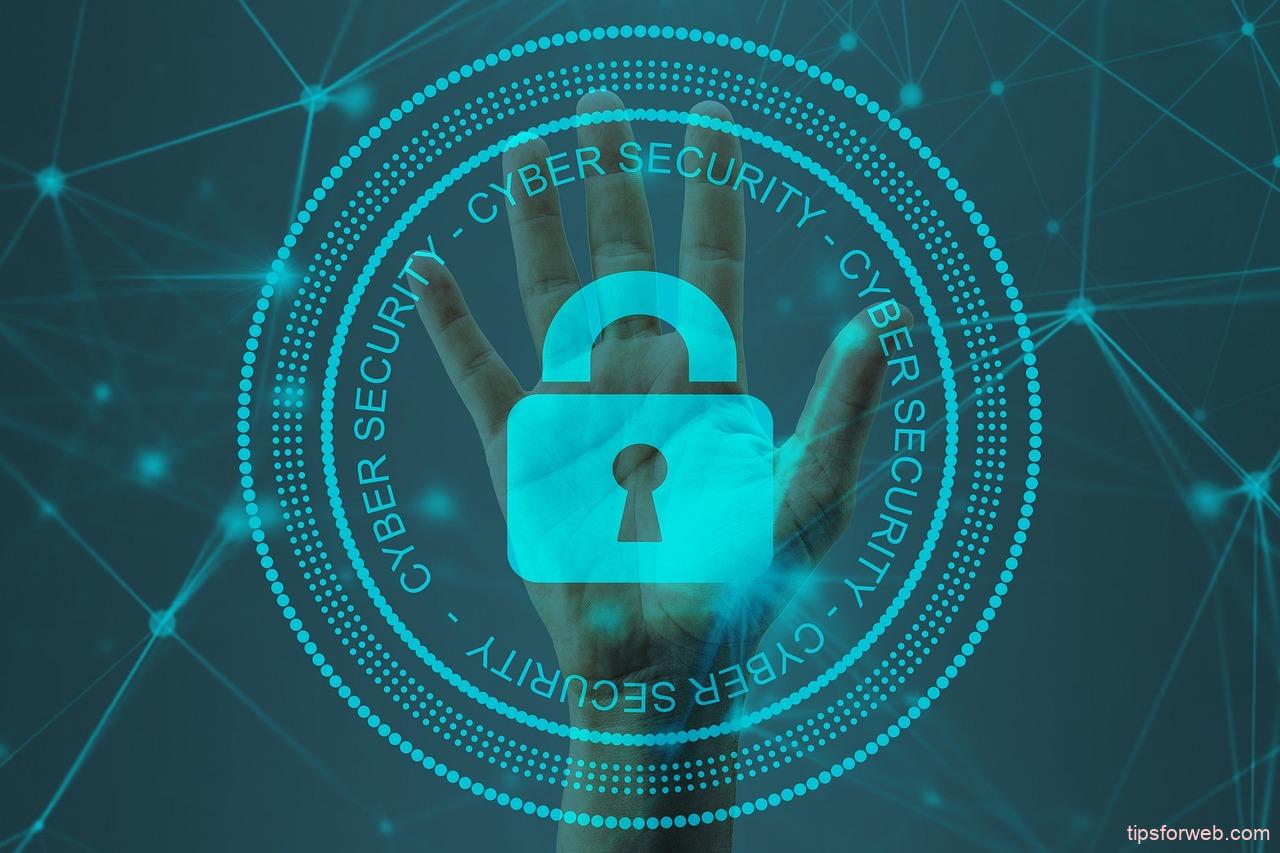
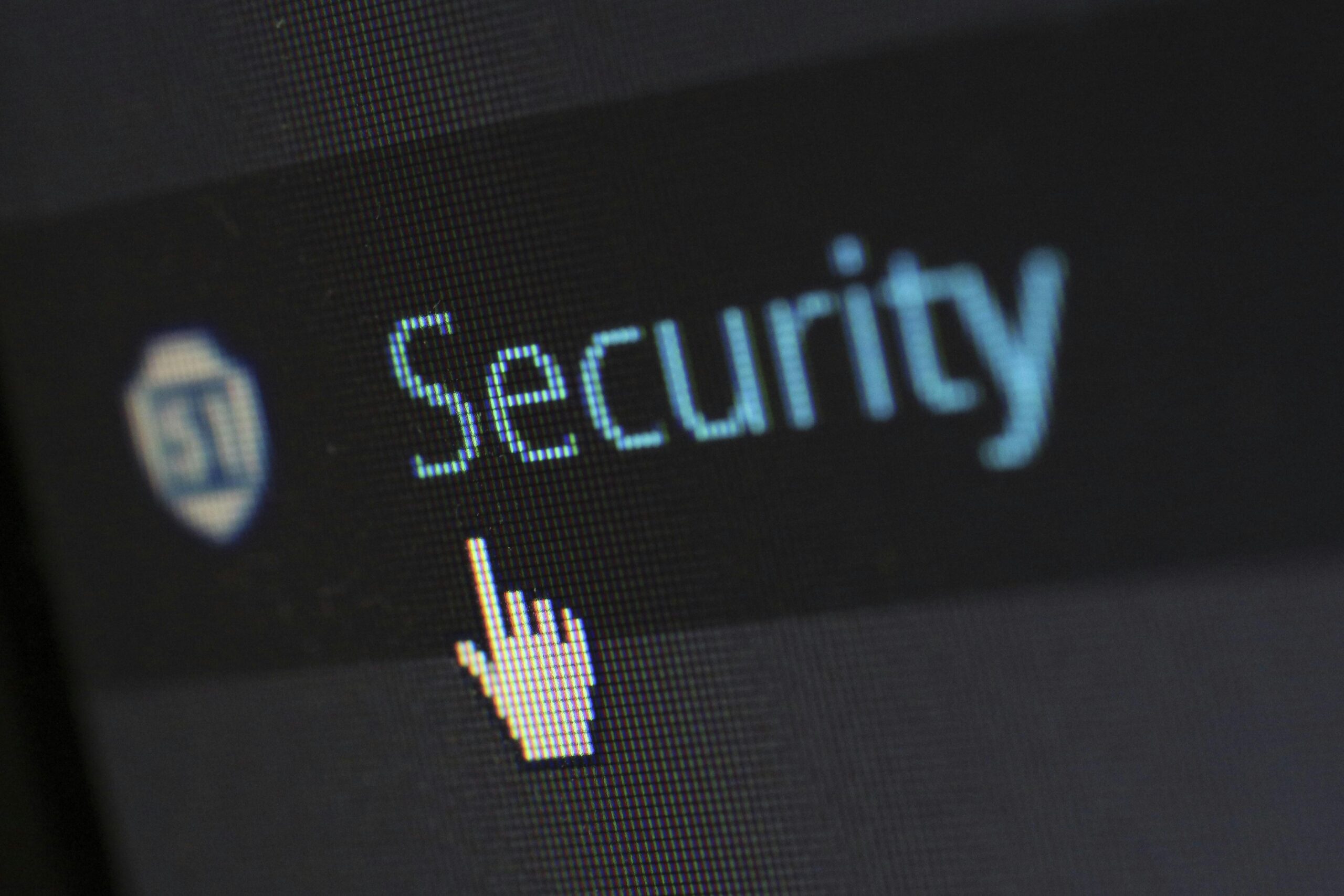

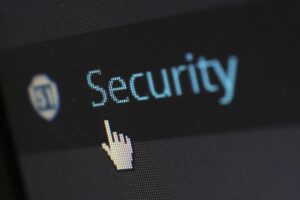
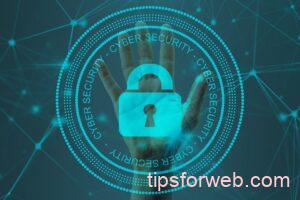
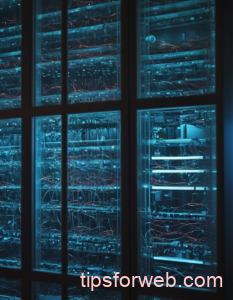
Post Comment